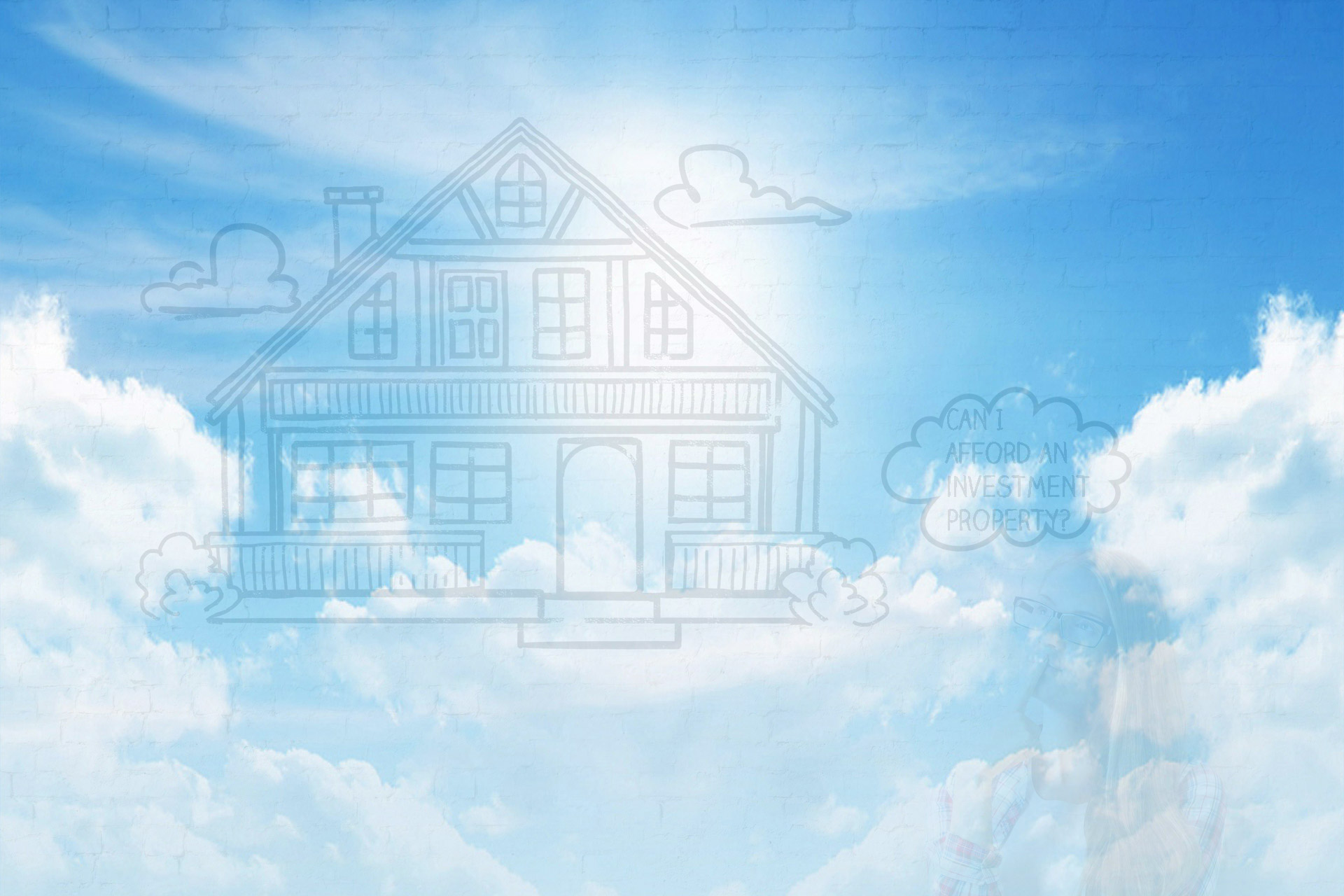Stable interest rates and improving economic conditions will drive house prices up by 20% in the next three years, with Perth and Sydney leading the way, a major mortgage insurer says.
QBE Lenders’ Mortgage Insurance (QBE LMI), which supports lenders, has forecast price growth of up to 20 per cent in Sydney and Perth by 2014 as business and consumer confidence improves.
Confidence among first home buyers and renovators is expected to improve and lead to residential price growth in the next 12 months, QBE LMI said in a housing outlook report.
The report said factors underpinning price growth included stable home loan rates and the economic outlook becoming more positive on the back of rising business investment.
Momentum in the housing market is forecast to pick up further in 2013, on strengthening economic conditions, underpinned by investment in the mining and resource sector, the report said.
However, it will be tempered somewhat by inflationary pressures, which would cause a rise in interest rates and potentially keep the Australian dollar high, damaging some non-resource sectors of the economy, QBE LMI said.
The resources boom is the main driver of QBE LMI’s forecast house price growth in Western Australia, while lack of housing supply is the main factor for Sydney’s projected price rises.
Melbourne is forecast to have the slowest price growth, six per cent by 2014, because of record levels of new dwelling supply.
More moderate house price increases of between six and eight per cent are forecast in Adelaide, Hobart and Canberra.
Brisbane will just trail Sydney and Perth, with a 16 per cent price growth forecast.
(source: The Sydney Morning Herald)

Pretty general and I think way off the mark. Their is too much emphasis on percentages, economy, new dwellings. It is too short term to predict 2014 prices. New dwellings are certainly down but this does not mean there is a shortage of stock. Yes it is a buyers market and yes their are plenty of buyers in the marketplace at the moment. Many are sitting on their hands or are well below the sellers expectations. The buyer sentiment of factoring percentage falls for example 20% of the purchase price is again is no way justified compared to alternative methods.
Yes interest rates are somewhat stable (despite economists riding the wave and keeping consumers on the edge of their seat with will it go up or will it go down). Over the past 6 months interest rates have been on hold but hype in the media of uncertainty has exactly done just that.
Buyers Market for a few key reasons:
-Massive oversupply of stock especially in CBD/ metropolitan areas
-Days on market for properties for sale have stretched on average over 120 days (that is 4 months plus settlement- 5 or 6 months). And they are just the ones selling
– Economists state interest rates are traditionally low but have a great impact in terms of borrowing capacity- perhaps 10% less borrowings compared to 18 months ago
– Financiers have tightened their reigns and lending criteria on various styles of properties and geographical locations
– Financiers are demanding more security/deposit for property
– ING does not touch Brisbane CDB apartments at the moment
– For a self managed super fund, no major banks are lending for single unit dwellings that amass 7.2% returns due to the fact that it is deemed share accommodation (each room leased individually)- Well they do finance but go on what the value the true market rent which is half in some instances.
– No banks atm are doing 95%loans unless significant guarantor.
– Interest on properties is their but in general, far below sellers expectations.
I guess the question now on propective buyers minds is… Are we at the bottom of the property cycle or market correction? I’m sure the media will certainly have a play on this too.
If interest rates remain around 7.0% variable (I know 6.39% is possible) it is a simple equation for savvy investors to enter the market. The gross yield or income better better exceed or come close to the rate at which we are borrowing money.
With Short term guessing out of the equation and assessing investment opportunities based the numbers then market sentiment I am sure it certainly seems to be a low risk option.
I will leave the hot topics, or catastrophic ideas of the so-called builders grant, foreign investment, increased stamp duty for owner occupiers and the lowsy first home buyers grant for a rainy day.